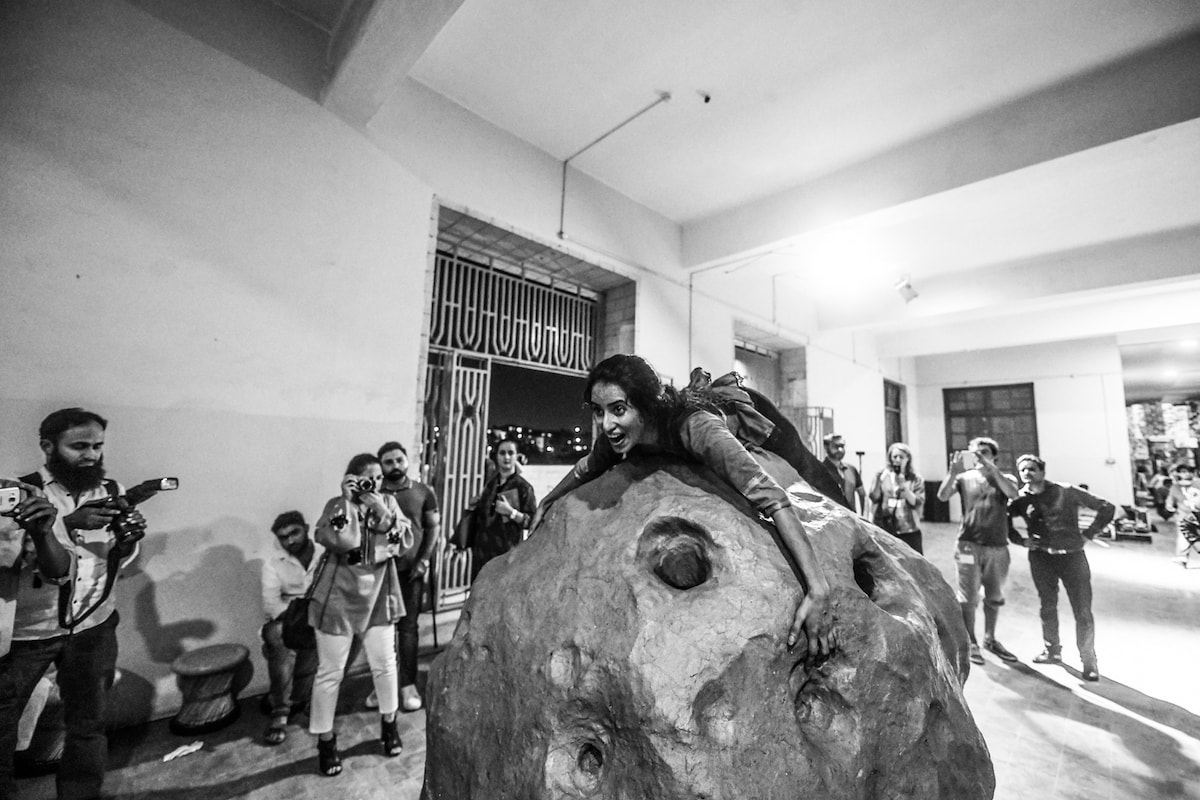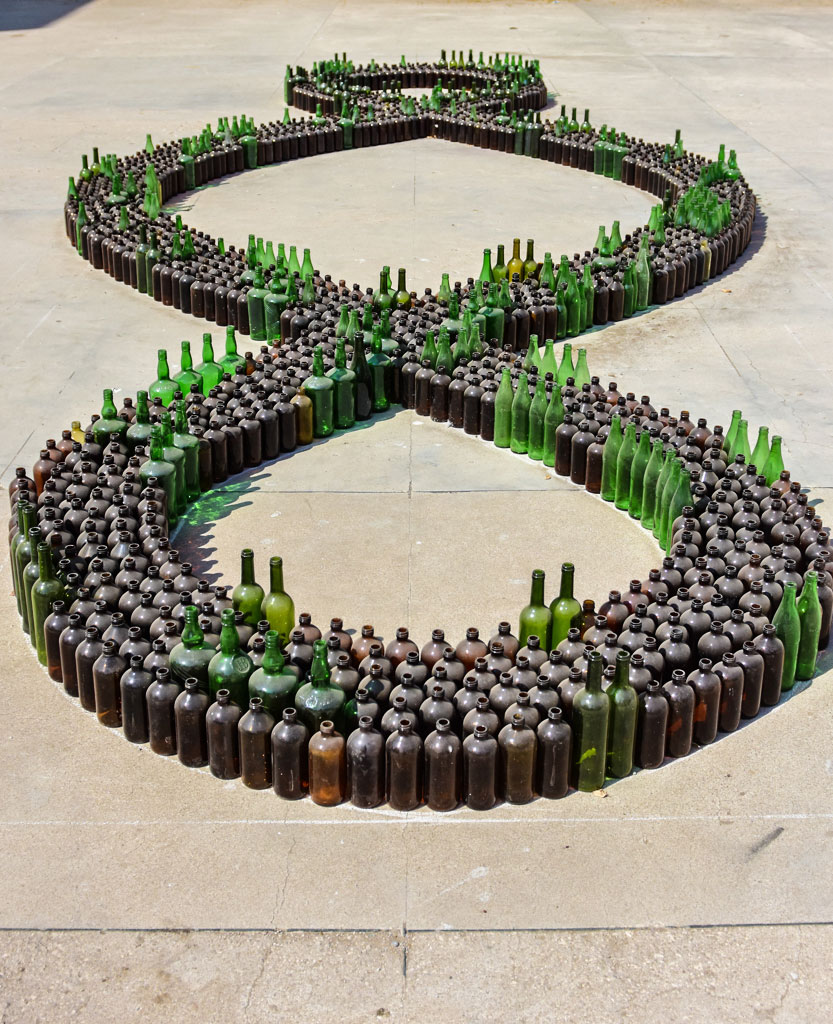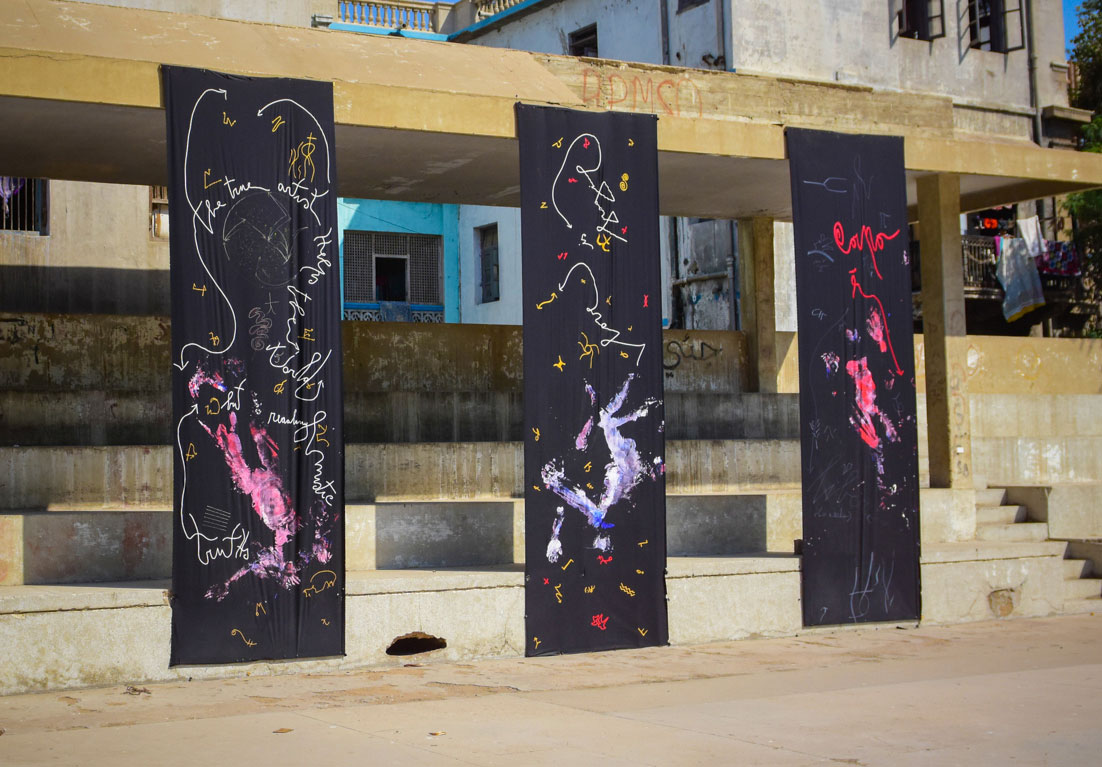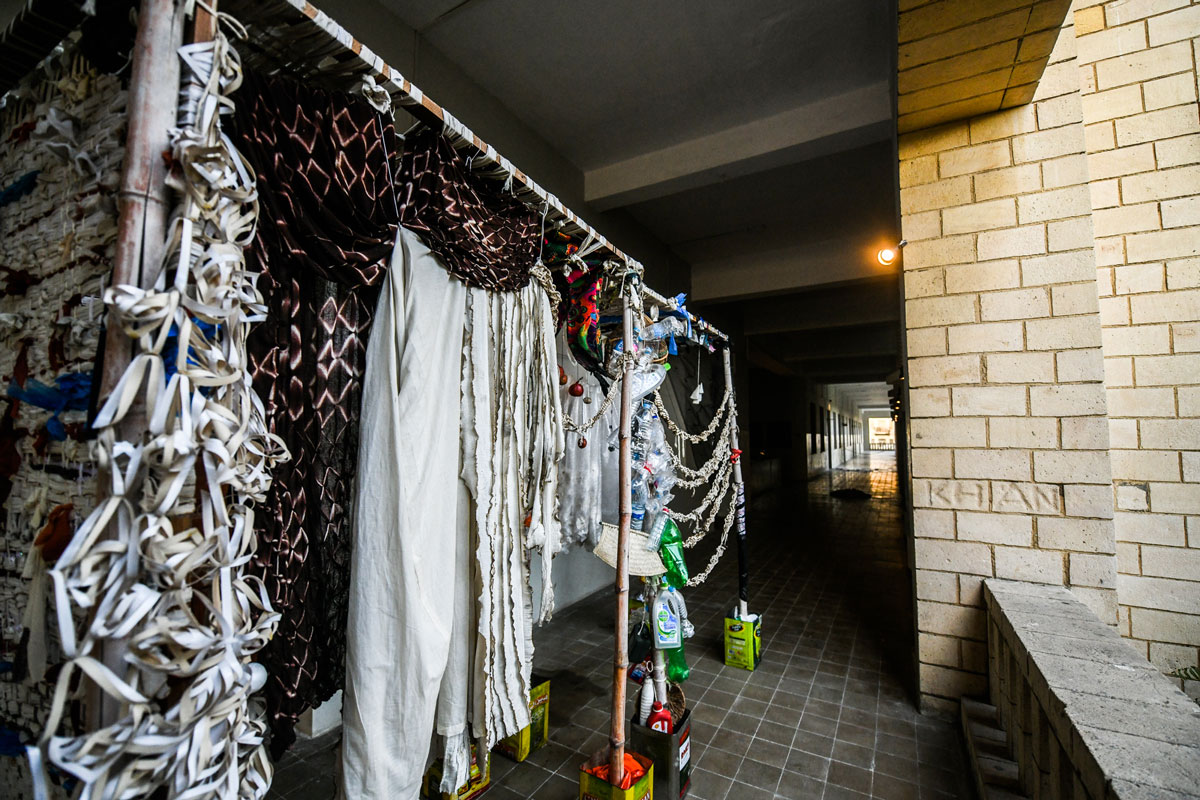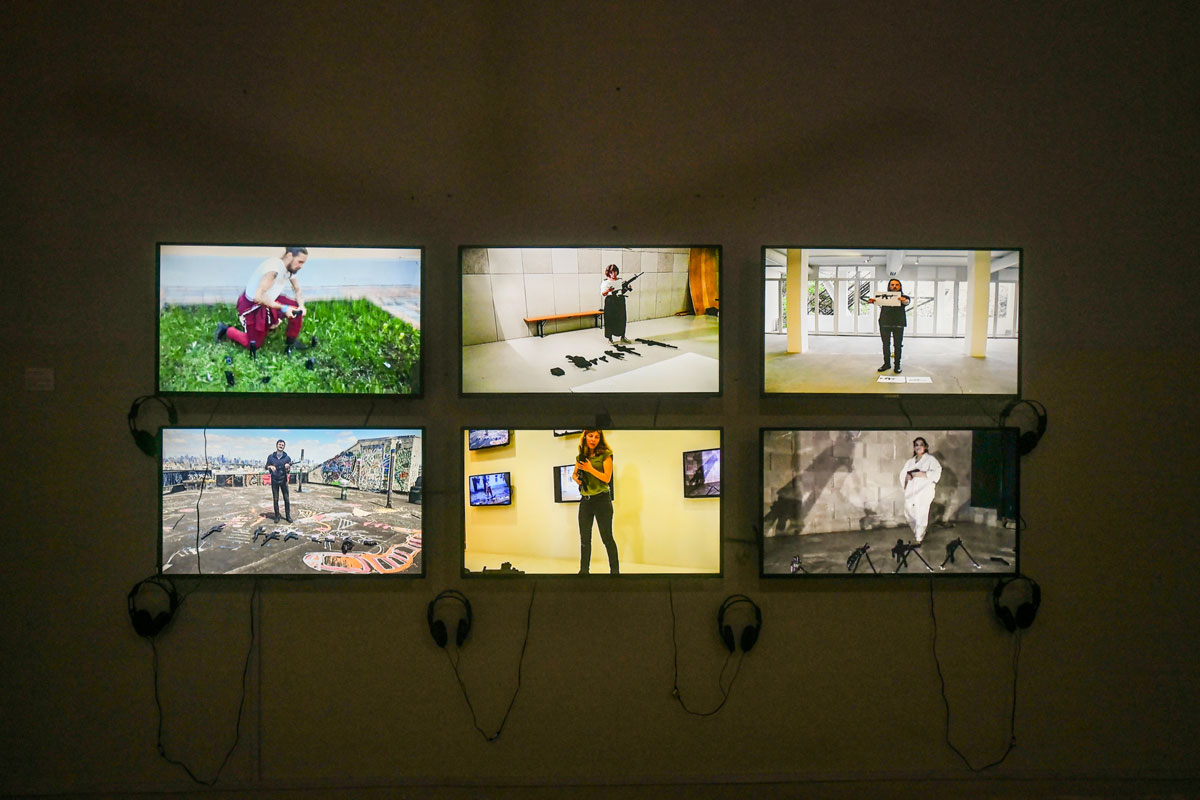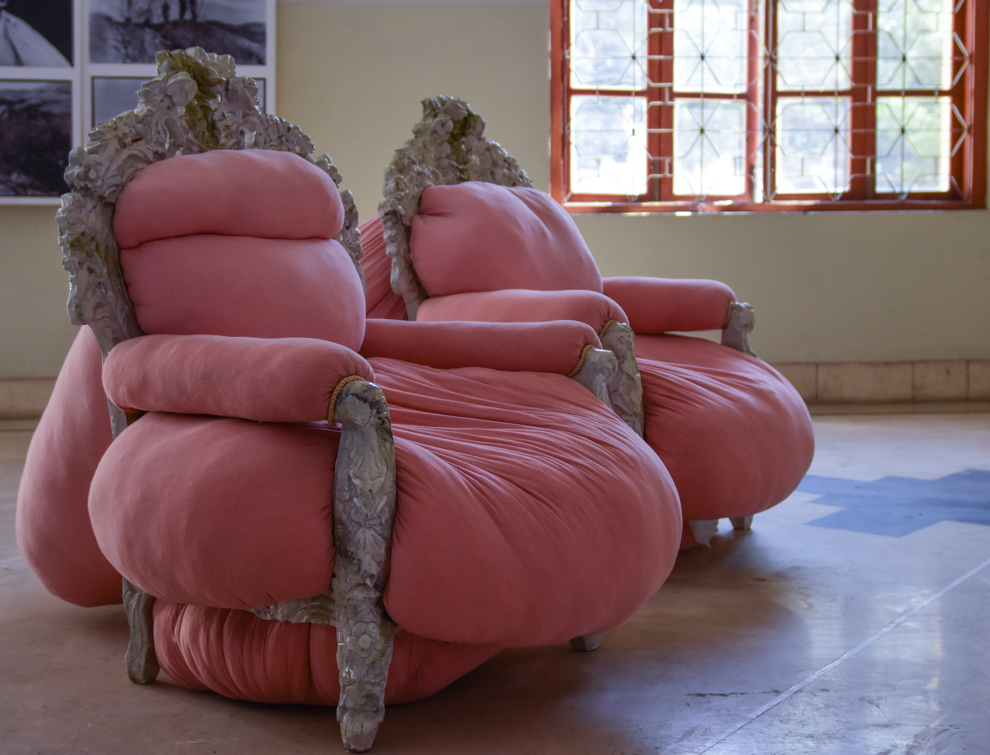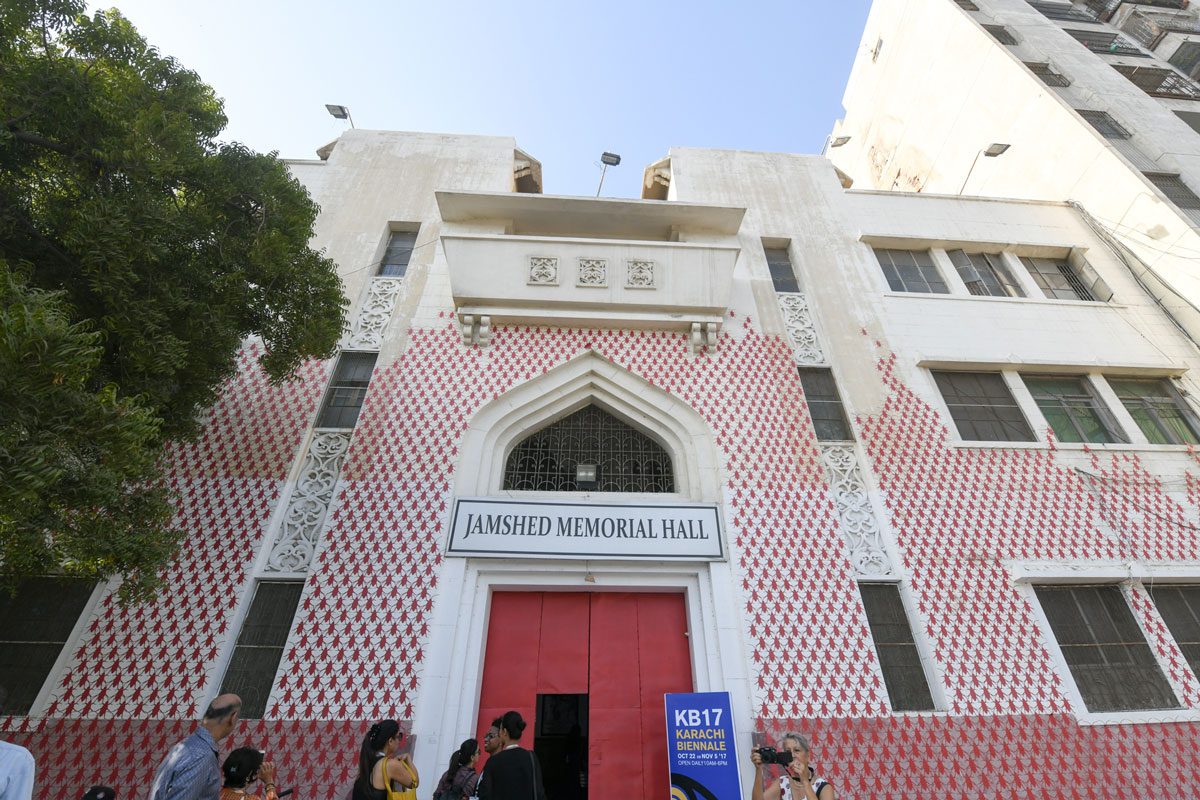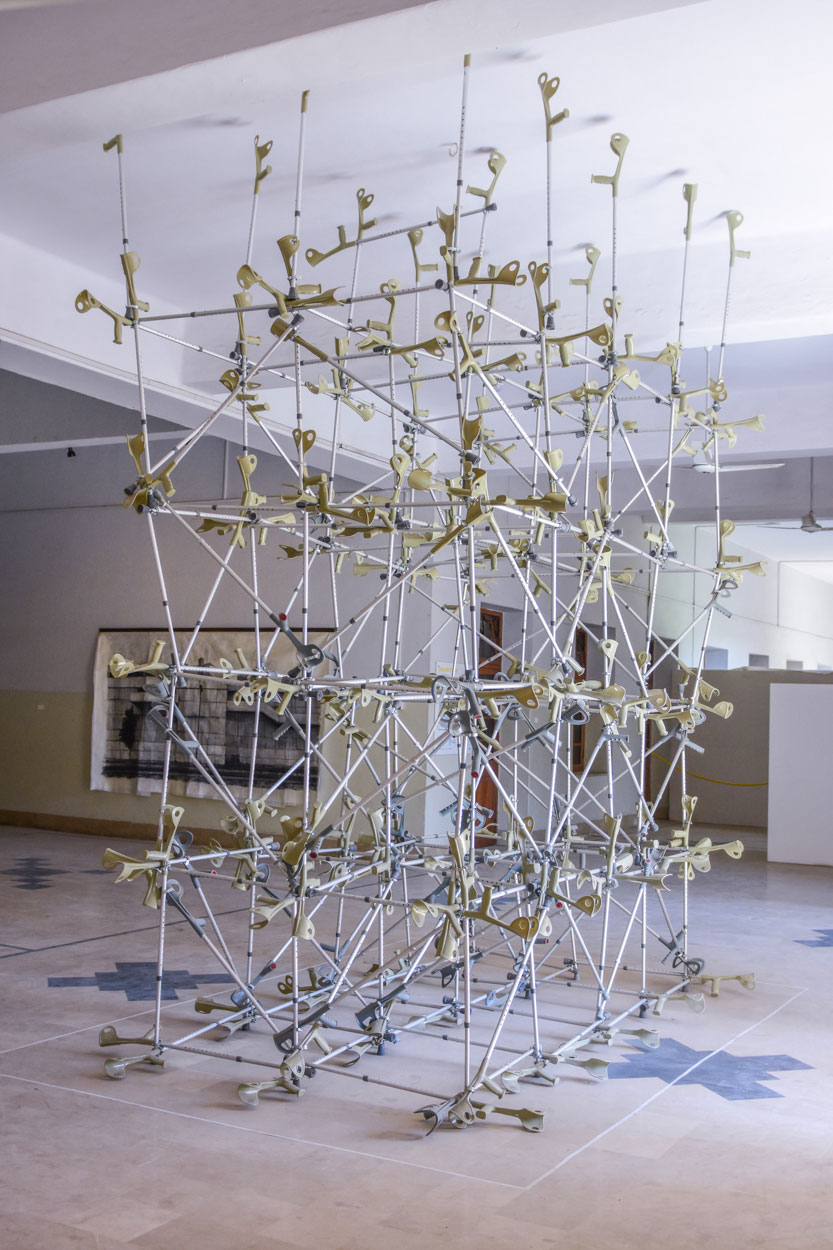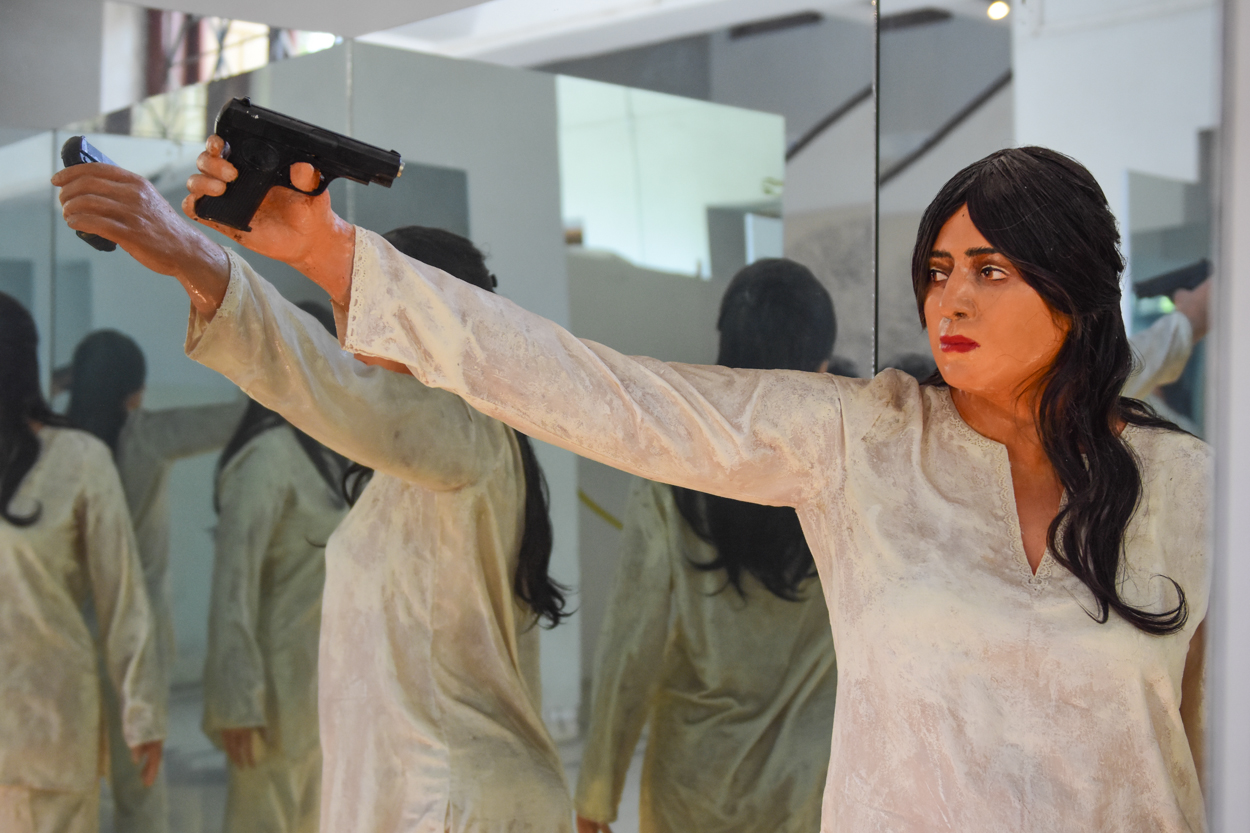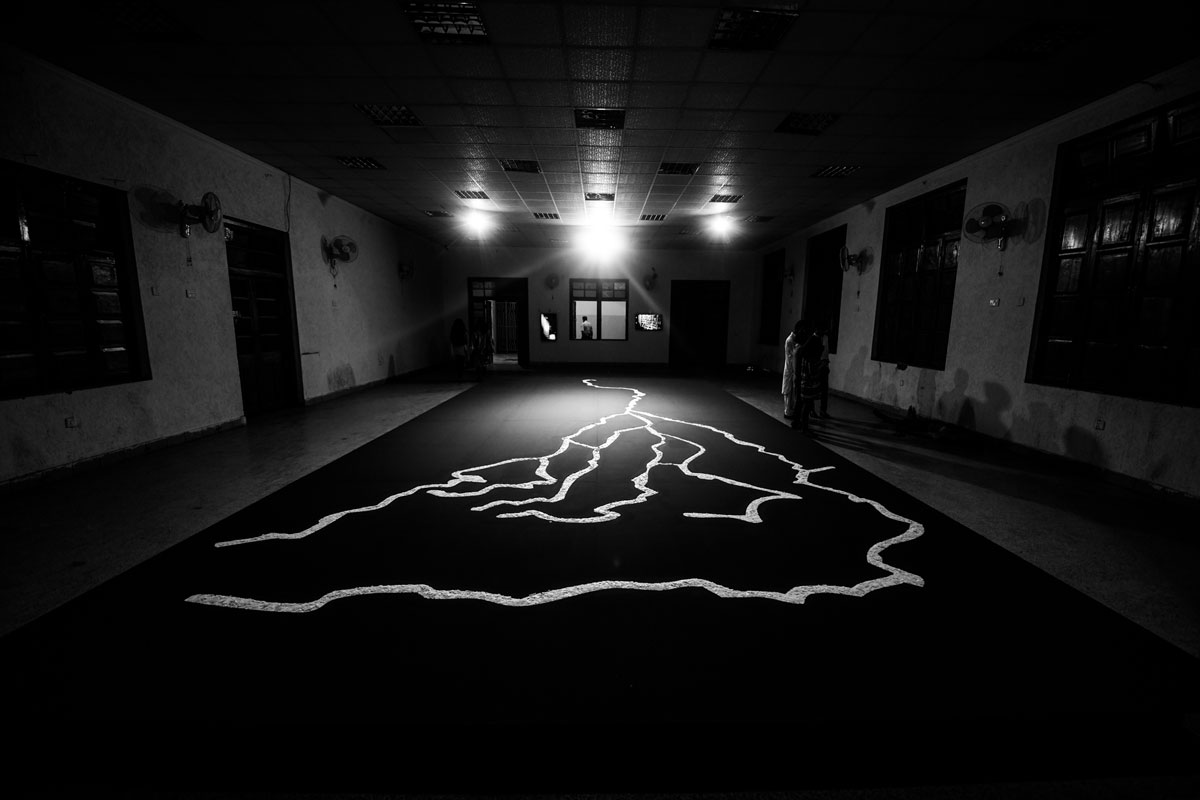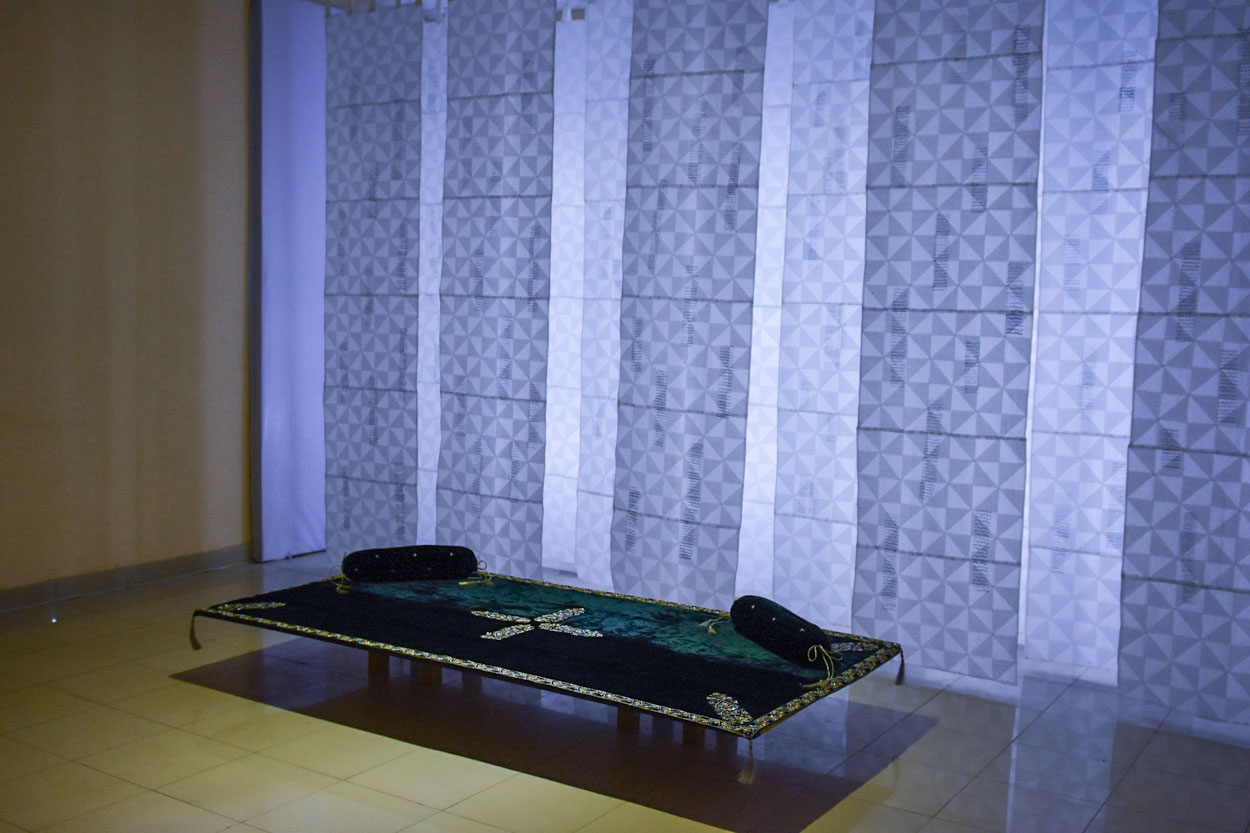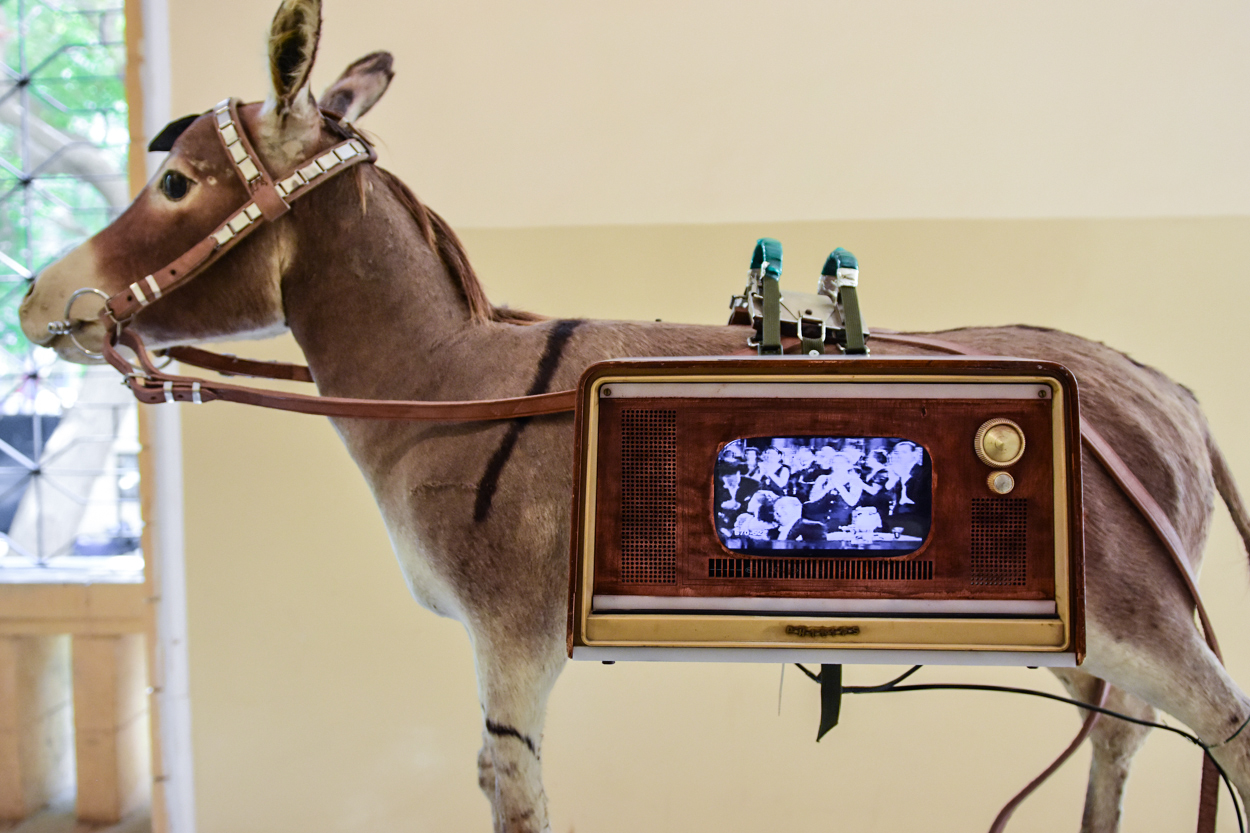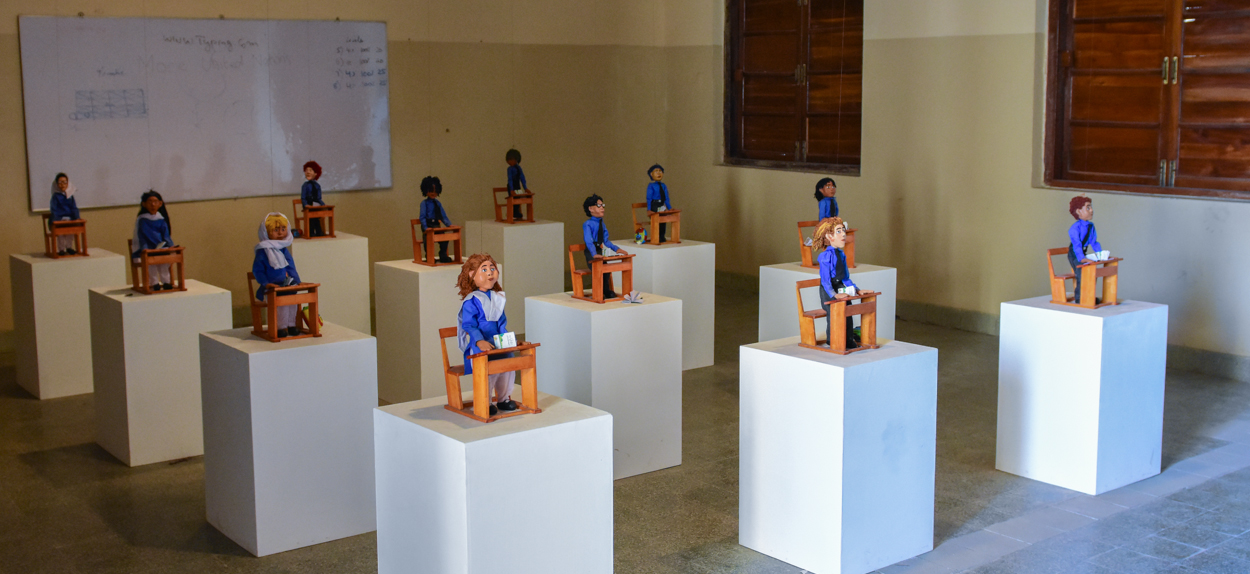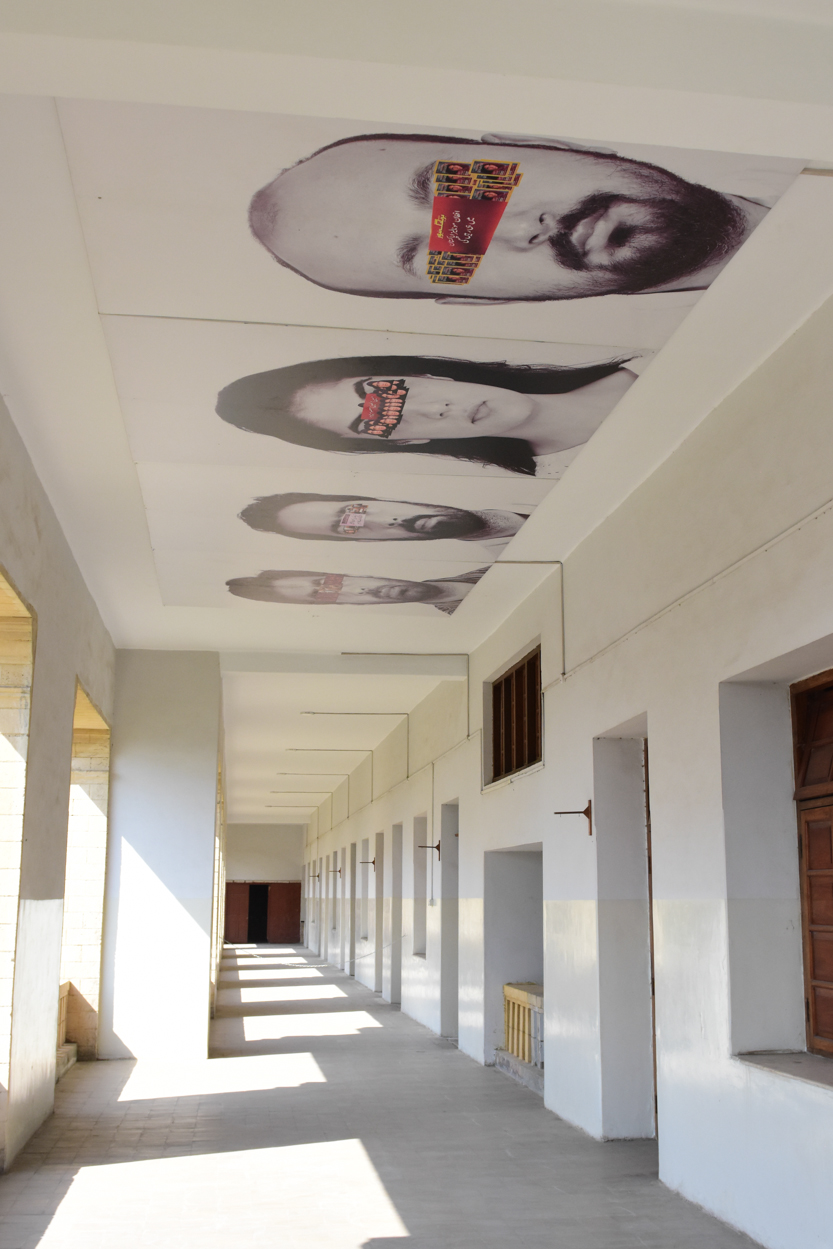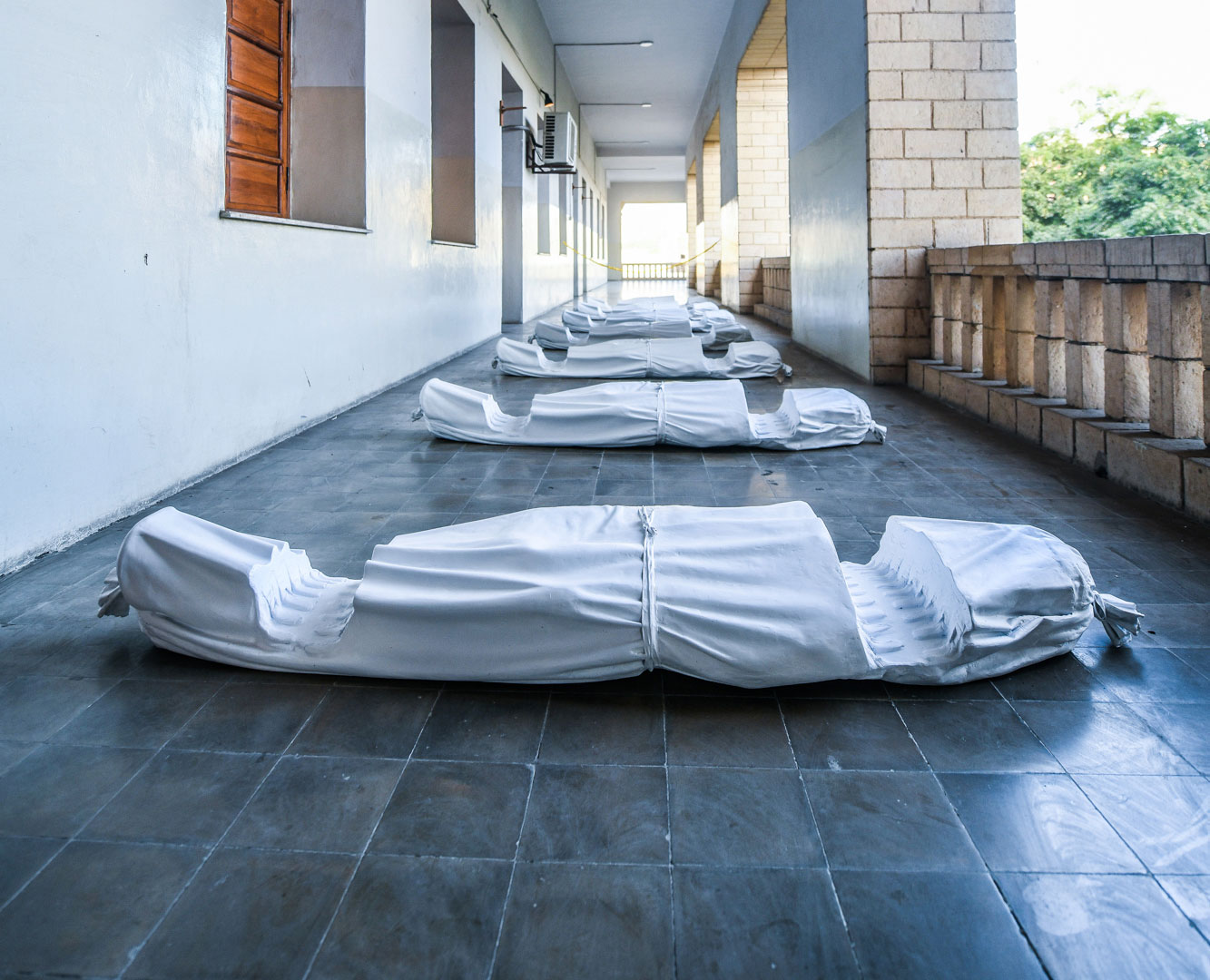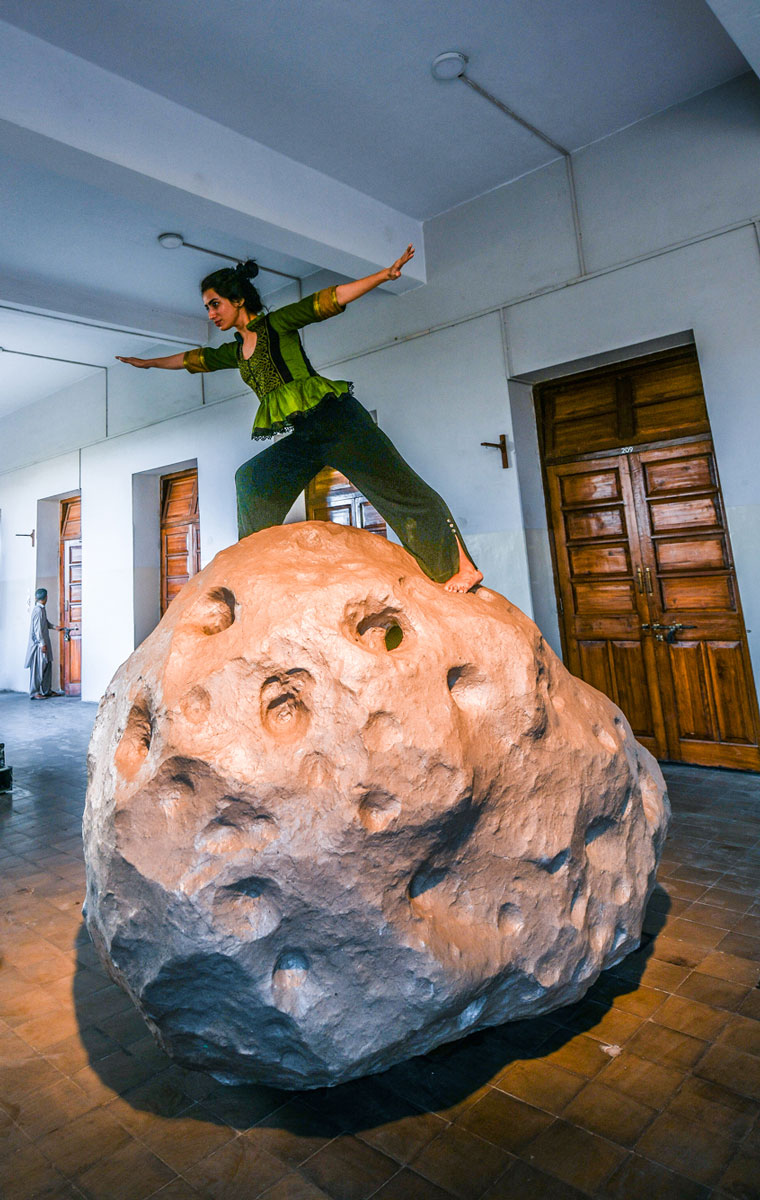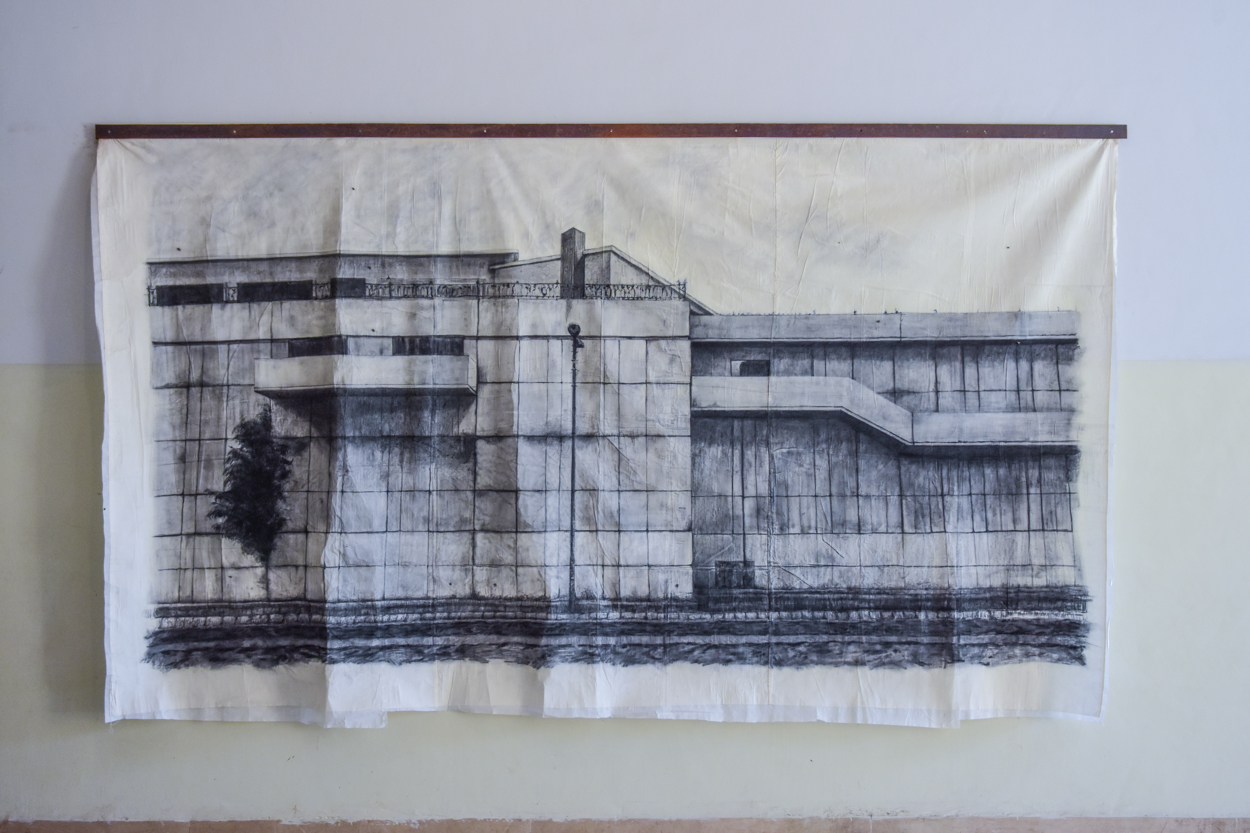Yoko Ono
Born in 1933 in Tokyo (Japan)
Lives and works in Nutopia
Yoko Ono is an artist whose thought-provoking work challenges people’s understanding of art and the world around them. From the beginning of her career, she was a Conceptualist whose work encompassed performance, instructions, film, music, and writing.
Ono was born in Tokyo in 1933, and moved to New York in 1953, following her studies in philosophy in Japan. By the late 1950s, she had become part of New York Cityʼs vibrant avant-garde activities. In 1960, she opened her Chambers Street loft, where she and La Monte Young presented a series of radical performances and exhibited realizations of some of her early conceptual works. In 1961, she had a one- person show of her Instruction Paintings at George Maciunas’ legendary AG Gallery in New York, and later that year, she performed a solo concert at Carnegie Recital Hall of revolutionary works involving movement, sound, and voice. In 1962, she returned to Tokyo, where, at the Sogetsu Art Center, she extended her New York performance and exhibited her Instructions for Paintings. In 1964, Ono performed Cut Piece in Kyoto and Tokyo, and published Grapefruit, a book of her collected conceptual instruction pieces. At the end of that year, she returned to New York. In 1965, she performed Cut Piece during her concert at Carnegie Recital Hall, Bag Piece during a solo event for the Perpetual Fluxus Festival, and she performed Sky Piece to Jesus Christ during the Fluxorchestra concert at Carnegie Recital Hall that September. In 1966, she made the first version of Film No. 4 (Bottoms), and realized a collaborative installation The Stone, at the Judson Gallery. In the fall of 1966, she was invited to take part in the Destruction in Art Symposium in London, and later that year, held one-person exhibitions at the Indica Gallery, and the Lisson Gallery the following year. During this period, she also performed a number of concerts throughout England. In 1969, together with John Lennon, she realized Bed-In, and the worldwide War Is Over! (if you want it) campaign for peace. Ono has made a number of films, including Fly and Rape, and many records, including Fly, Approximately Infinite Universe, Rising, and Between My Head and the Sky. She has had numerous exhibitions in museums throughout the world, including traveling exhibitions organized by the Museum of Modern Art Oxford and the Japan Society in New York. In 2009, she exhibited ANTONʼS MEMORY at the Bevilacqua Foundation in Venice, and received the Golden Lion for Lifetime Achievement from the Venice Biennale. Among numerous recent exhibitions, in 2010, she exhibited IʼLL BE BACK at the Studio Stefania Miscetti in Rome, and DAS GIFT at the Haunch of Venison in Berlin. In 2011, she showed participatory installation pieces at the Wanås Foundation in Sweden, and the Yokohama Triennale, and held four one-person exhibitions in Tokyo, New York, and Hiroshima, including Road of Hope—Yoko Ono 2011 at the Hiroshima City Museum of Contemporary Art, where she was honored with the prestigious 8th Hiroshima Art Prize for her dedicated peace activism. In 2013, YOKO ONO: HALF-A-WIND SHOW – A RETROSPECTIVE opened at the Schirn Kunsthalle Frankfurt, which then traveled to the Louisiana Museum of Modern Art in Denmark, Kunsthalle Krems in Austria, and Guggenheim Bilbao in Spain. YOKO ONO: ONE WOMAN SHOW, 1960-1971 opened at The Museum of Modern Art in New York in May 2015. In the fall of 2015, Ono had one-person exhibitions at Museum of Contemporary Art, Tokyo (MOT) and the FAURSCHOU FOUNDATION BEIJING, as well as a major retrospective at MAC Lyon in France. In October 2016, Ono unveiled her permanent installation SKYLANDING in Chicago’s Jackson Park, and her one-person exhibition at the Macedonian Museum of Contemporary Art in Thessaloniki, Greece, was warmly received. Currently, Ono’s work is featured at the Hirshhorn Museum and Sculpture Garden, Washington, DC in her exhibition YOKO ONO: Four Works for Washington and the World. Three of her installations will be running concurrently in Venice: MIRROR IMAGE at Palazzo Mora, ‘EX IT Destruction’ at Palazzo Michiel, and INVISIBLE PEOPLE on the Lido. Other current and upcoming exhibitions include her one-person exhibition YOKO ONO: VOICE OF A WOMAN at Galerie Ziegler, Zurich, and a group exhibition Duet with Artist. Participation as Artistic Principle at Museum Morsbroich, Leverkusen, Germany, which then travels to 21her Haus in Vienna. In 2007, she created the permanent installation IMAGINE PEACE TOWER on Viðey Island, Iceland, and continues to work tirelessly for peace with her IMAGINE PEACE campaign.
ONOCHORD
Send the ONOCHORD message:
“I LOVE YOU”
by repeatedly blinking the light
in the frequencies and durations
required for the message:
from ships
from the top of the mountains
from buildings
using whole buildings
in town squares
from the sky
and to the sky.
Keep sending the message
until the end of the year
and beyond.
Keep sending the message
everywhere on the earth
and to the universe
keep sending.
For individuals:
send the message by hand
or using flashlights
or with lighters
The message I LOVE YOU in ONOCHORD is:
I i
LOVE ii
YOU iii
I love you !
yoko ono 2004


